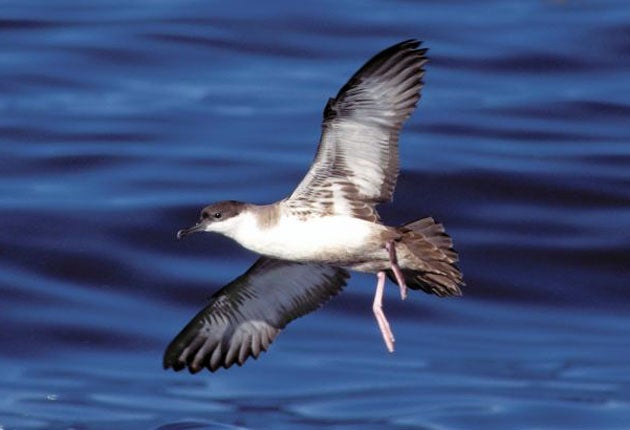The 'bycatch' downed by industrial fishing

Your support helps us to tell the story
From reproductive rights to climate change to Big Tech, The Independent is on the ground when the story is developing. Whether it's investigating the financials of Elon Musk's pro-Trump PAC or producing our latest documentary, 'The A Word', which shines a light on the American women fighting for reproductive rights, we know how important it is to parse out the facts from the messaging.
At such a critical moment in US history, we need reporters on the ground. Your donation allows us to keep sending journalists to speak to both sides of the story.
The Independent is trusted by Americans across the entire political spectrum. And unlike many other quality news outlets, we choose not to lock Americans out of our reporting and analysis with paywalls. We believe quality journalism should be available to everyone, paid for by those who can afford it.
Your support makes all the difference.Concern is growing about the huge number of seabirds being killed by fisheries in the North Atlantic and the Mediterranean, the Royal Society for the Protection of Birds (RSPB) said yesterday.
Although conservationists' fears have so far focused on seabirds in the Southern Ocean, especially albatrosses, there is mounting alarm over the numbers of northern species, such as shearwaters and petrels, falling victim to large-scale industrialised fishing methods.
The most deadly of these is longlining, which involves hooks set with bait on lines which stream out for great distances behind fishing vessels. Seabirds swoop on the bait when it is on the surface, before being hooked themselves as a so-called "bycatch".
It is estimated that 200,000 seabirds are being killed in fisheries in European waters every year, the RSPB said, with one species, the great shearwater, suffering an exceptionally high annual bycatch rate of 50,000 birds in the Spanish longline hake fishery to the west of Ireland.
Europe's rarest seabird, the Balearic shearwater, which is critically endangered with a population of just 2,000 pairs, is predicted to become extinct within 40 years if losses continue. Up to 50 individuals have been caught on hooks on a single longline.
The Cory's shearwater may suffer an annual bycatch rate of up to 10 per cent of the population in longline fisheries off Malta, according to Maltese fishermen.
The RSPB and BirdLife International are calling on the European Commission to implement an EU Community Plan of Action for reducing the incidental catch of seabirds in fisheries.
"Europe is incredibly important for seabirds, with some species occurring nowhere else, and this is a situation that Europe must tackle urgently," said RSPB spokesman Grahame Madge.
Join our commenting forum
Join thought-provoking conversations, follow other Independent readers and see their replies
0Comments